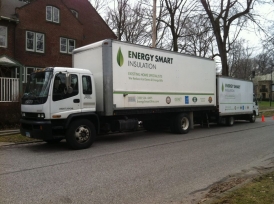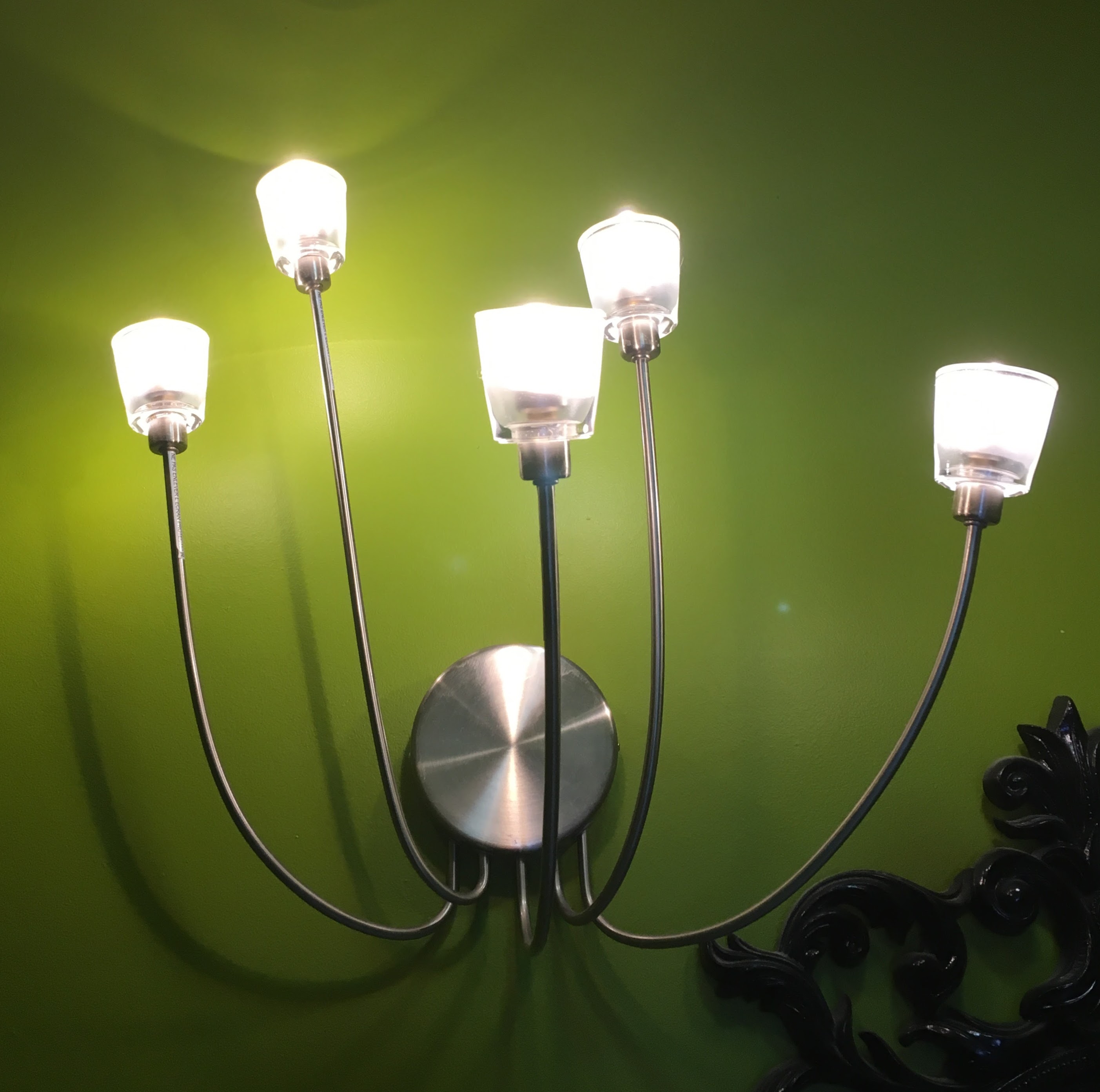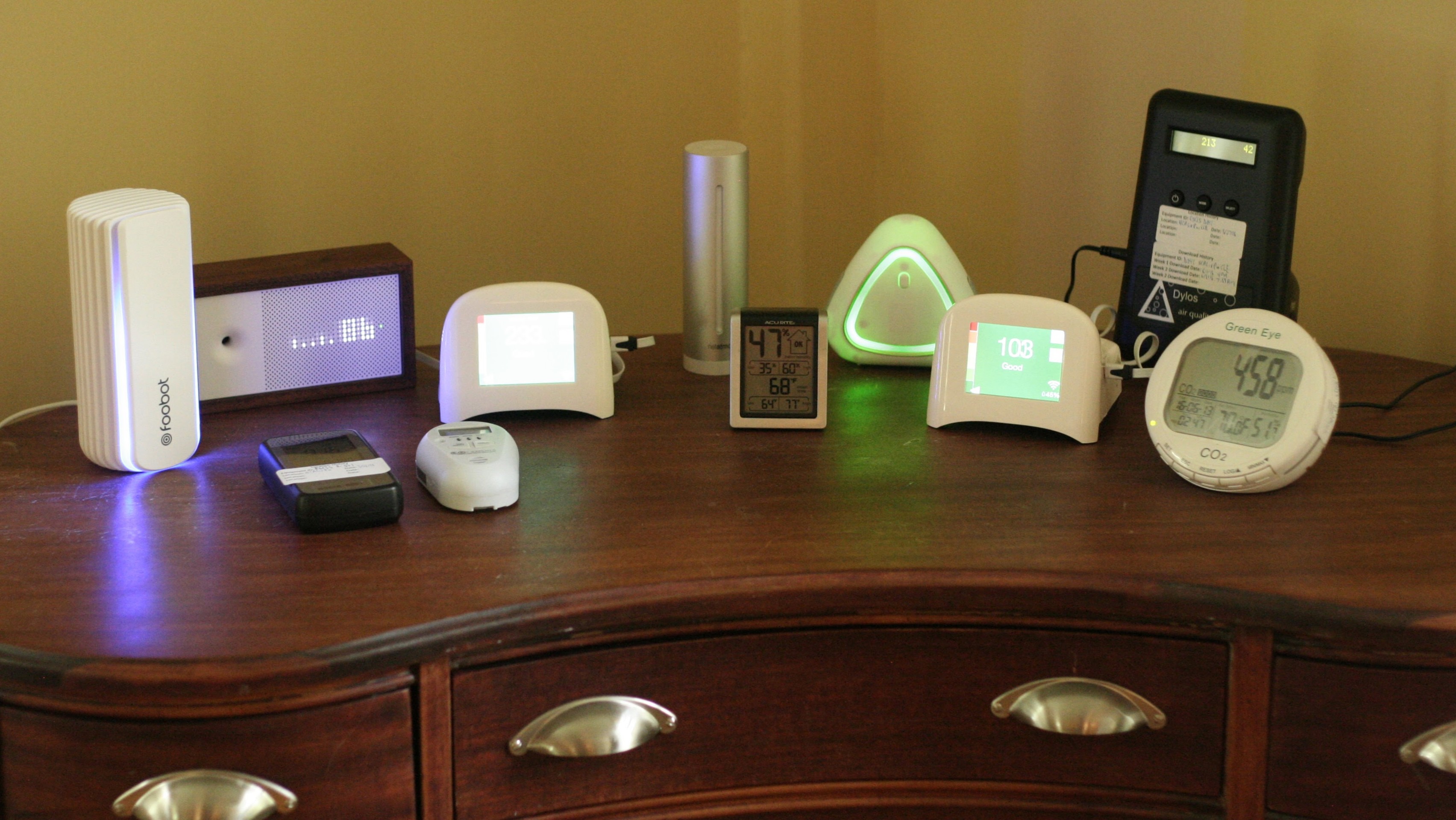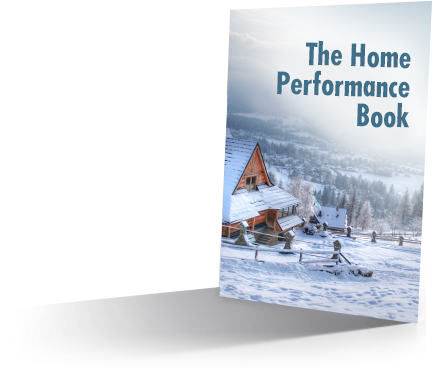It is a quiet, relaxing, healthy, safe home.
What is true comfort? It’s good Indoor Environmental Quality.
At the end of the day, most of us are seeking comfort – we want a peaceful place to go after the workday is over. If our home has IEQ, we have that. (Having a really pleasant place to work would be nice, too.)
We think of thermal comfort typically when we think of comfort, but there is much more to the picture. True comfort has 6 components. Our solutions attempt to deliver as many of these as possible with careful design.
1. Air – nice stuff to breathe
2. Thermal – it’s not just air temperature
3. Sound – quiet enough to think
4. Lighting – pleasing light that is suited to the task at hand
5. Odor – no stinkiness
6. Vibration – not bothersome
So IEQ = IAQ + ITQ + ISQ + ILQ + IOQ + IVQ
It’s not as hard to achieve as you might think, although it certainly sounds complicated.
Like everything else we’ve found, these can all be had when you get two things right:
a. Air seal and insulate a building. (Fixing the enclosure.)
b. Reduce the size of the furnace and air conditioner to match heating and cooling load and allow for continuous fresh air. (Fixing the HVAC.)
Guess what a major side effect of doing those two things is? A really efficient building that doesn’t use a ton of energy. It also achieves the 4 Tenets of Home Performance: comfort, healthy & safety, durability, and efficiency. It’s a virtuous circle.
Fixing the enclosure and HVAC system can also be done using the existing infrastructure in most homes without major or expensive renovations. How do you figure out what needs to be done and how much it will cost? It takes some design work up front, which is what our process is naturally built to do. Elegant, eh?
But What Does It Mean? Let’s explore those 6 factors.
1. IAQ = Indoor Air Quality
The air inside the buildings we live and work in is typically pretty crummy, which has a lot of long term effects. As buildings have become more airtight over the years, nasty stuff in buildings gets out more slowly. You can read all about those effects and their causes on our IAQ page.
2. ITQ = Indoor Thermal Quality
True thermal comfort is a complicated thing. It involves not only air temperature on the thermostat, but also how quickly air is moving, what temperatures various surfaces around you are (mean radiant temperature), how much activity you are doing, relative humidity, and clothing. Healthy Heating has a wonderful calculator that takes all of these into account here, fair warning, it’s in Celsius. Learn more at our comfort page (which isn’t written yet – coming soon!)
3. ISQ = Indoor Sound Quality
Did your parents ever tell you to ‘turn that crap down’? You were disturbing their indoor sound quality. Continuous or occasional sound can be annoying, such as a furnace or air conditioner kicking on and off or traffic outside coming in. It’s a subtle annoyance to be sure, and one that we ‘get used to’ like living on a busy street, or feeling trains go by, but it matters to our overall comfort. Insulation is a natural sound absorber, read more on our Noise Reduction page.
4. Lighting – pleasing light that is suited to the task at hand.
OK, so we don’t do a ton with this one. Our biggest recommendation is to buy ‘warm’ color light bulbs in the 2700 Kelvin range, which feels most like old school incandescent bulbs we are used to (but use 4-5 times as much energy as squiggly CFLs and new school LEDs.) Picking the right brightness and color temperature can make your home feel better. It’s worth throwing out perfectly good old-school bulbs to change them to more efficient ones. Wouldn’t want to stumble into some bad lighting, right? (That’s a joke.)
5. Odor – no stinkiness.
None of us wants to think of their home as ‘stinky.’ It’s not abnormal, or anything to be ashamed of, 90% of homes have at least one Indoor Air Quality issue. Strong odors can be very bothersome to some people, be it cooking odors, mold & mildew, pet odors, cleaning chemicals, and so forth. These are called Indoor Air Quality problems and can have substantial health effects, so we can both measure them and fix them.
How do you know if you might have an IAQ problem? Have you ever come home from vacation, opened the door and thought, ‘wow, I need to air this place out!’ Or, in the spring have you been aching to open the windows?
If so, you likely have some sort of IAQ problem. IAQ problems are much more common in newer, more airtight homes from the last 50-60 years built with man-made processed materials. We offer testing with an Air Advice monitor to help understand the root problem and can use multiple strategies to improve IAQ. At least one of the solution packages we build for you will have IAQ measures in it. Check out our IAQ page for more.
6. Vibrations – They’re bothersome.
Have you ever wondered why long drives are so tiring, even when you are just riding? Vibration is a big part of it. Vibrations are tiring and annoying, just like Elwood’s apartment in ‘The Blues Brothers’ (How often does the train go by? So often you won’t even notice it.)
Oversized furnaces and air conditioners often contribute to vibrations in homes, where smaller ones are typically quieter and less harsh. Bathroom and kitchen fans can be sources of vibration as well. At Energy Smart, we purposely specify products that vibrate less, and IEQ is one of the drivers.
Whew! Time to wrap up.
So, is true comfort a little trickier than you thought? We can ‘get used’ to a lot of things, but when all 6 quality factors are in good balance – air, thermal, sound, light, odor & vibration – we get happier because our environment is much nicer.
Is perfection possible in your home on all factors? Frankly, probably not. Perfection is an impossible goal, but substantial improvements are always possible. Tell us which ones are bothersome to you and we will be sure to include those in one or more of your three solution packages.2 It really doesn’t have to be that complicated, as usual tighten and insulate the home and right size the HVAC and most of this falls right in place.
What to Do Next
Still hungry for more? Check out a case study to see how we deliver IEQ for clients. Click here to see them all, or try the 1900 House of the Future or the 1970s Two Story to start.
Ready to Do Something?
We have a very purposeful process to what we do – we treat your home like a doctor treats you. We diagnose, then we prescribe. It makes us much more likely to provide a solution that solves the problems you call us about.
The first step is an initial consultation to see if we are a fit for each other.
Click on the Get Started link at the top right of every page to fill out our questionnaire and get an initial consult.
1 Robert Bean of Healthy Heating is likely THE expert on the complex interactions here, we are borrowing much of his thinking. Here is a link to his IEQ definition page which can link you further to his more detailed writings.
2 Solution packages are custom tailored with different insulation, air sealing, and HVAC pieces to solving the problem you called us about.










